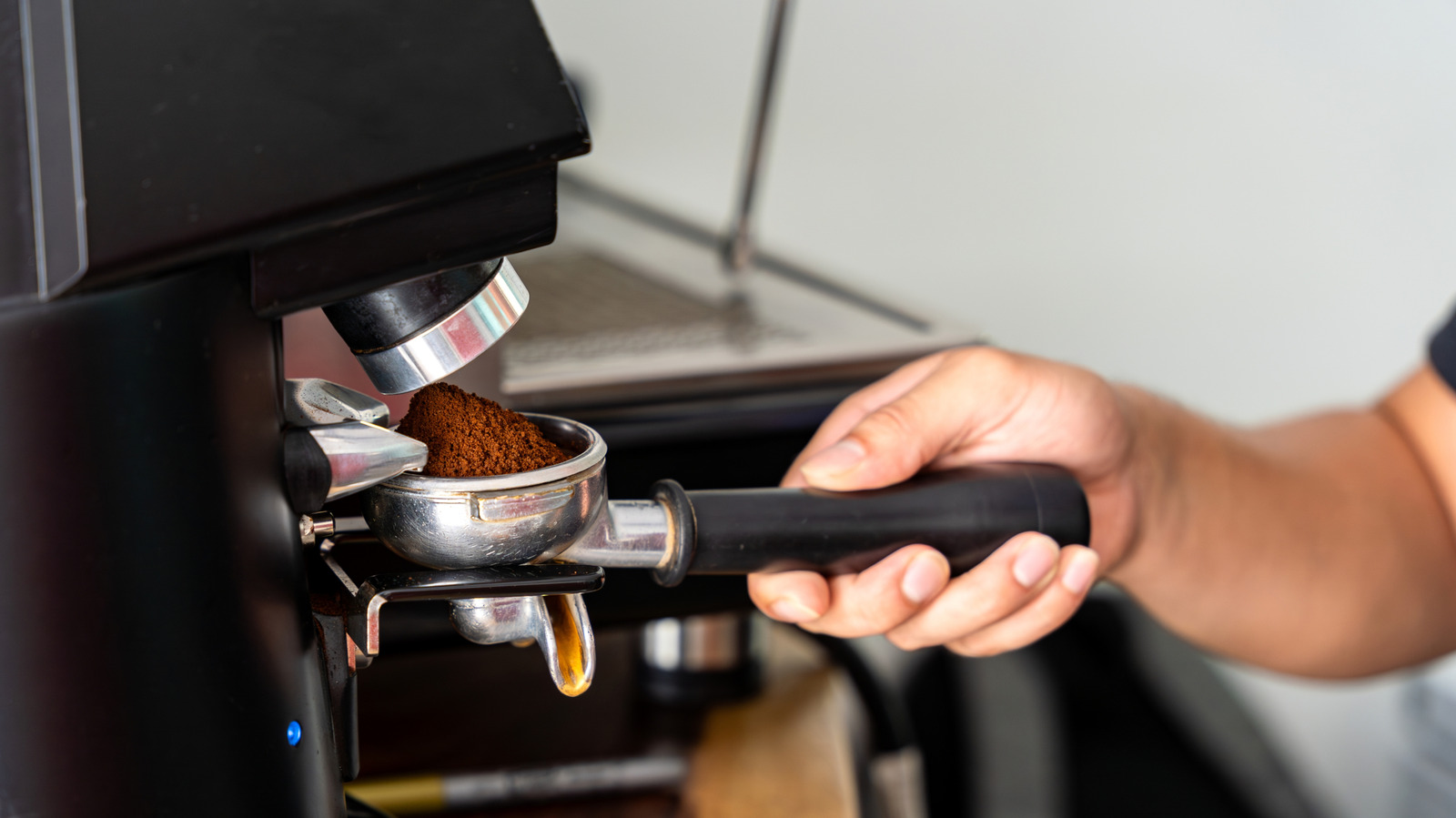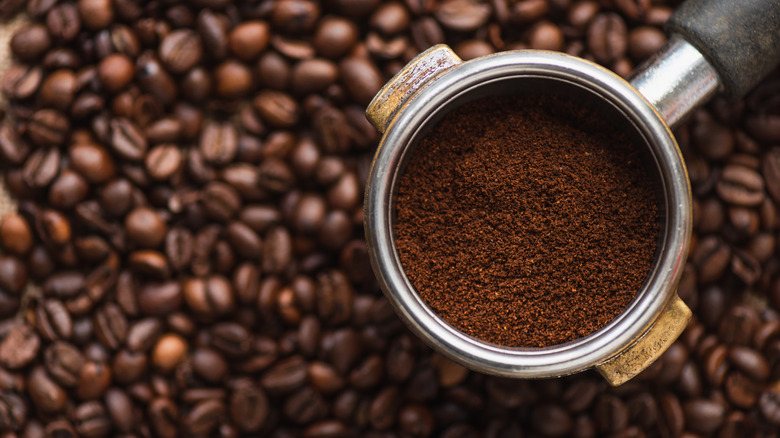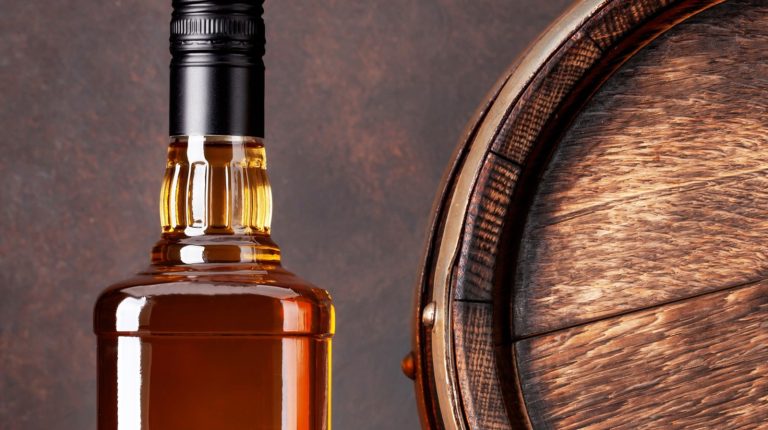In today’s world, some of the things that online self-proclaimed coffee experts do in the process of making a cappuccino feel less like easily understandable steps and more like mysterious coffee voodoo. The Weiss Distribution Technique (WDT), spring-loaded tampers, spritzing water out of a tiny spray bottle onto your coffee beans before grinding them fresh? While the amount that each of these techniques affects espresso flavor is somewhat up for debate, that last one doesn’t just have the approval of home baristas. Apparently, the efficacy of adding moisture to your beans has been scientifically approved by none other than volcanologists.
Think about it like this: As it turns out, the way coffee beans rub and hit against each other while they’re being ground is somewhat comparable to what happens when magma violently erupts from beneath the surface of a volcano, rock particles grinding against each other and creating a fine dust. In both processes, the friction from particles hitting each other creates static electricity. In a volcano eruption, that sometimes manifests in lightning. But even in coffee beans, the static charge causes some of the coffee grounds to stick to the sides of the grinder, and others to clump together. And as found by collaborative volcanologist coffeologist research, beans with more moisture produce less electricity while being ground, sticking together less and forming a more even surface. All this to say? Moist beans equals smoother grounds, equals better espresso. The coffee influencers were right this time.
Extracting the best flavor
This moisture doesn’t all have to come from a mini spray bottle. The correlation includes both the moisture retained within roasted coffee beans and external moisture that you add before grinding, as well as the humidity in the air, so the exact amount of water you should add might vary. But regardless, you don’t need much. Just a couple of spritzes, or even dipping your finger in water and swirling it through the day’s portion of beans before grinding, is said to work wonders for getting rid of static. Accordingly, you’ll lose much less coffee to the edges of your grinder, leaving you with a higher concentration of flavor in your brewed cup. (P.S. Want to be even more economical? Reuse coffee grounds in your kitchen after you’ve made your morning brew.)
In the same way as the WDT, this method, known as the Ross Droplet Technique or RDT, also helps even out coffee grounds and avoid clumps, which allows water to percolate through more evenly and better capture flavor. As an added bonus, cleaning your coffee grinder will be a lot easier. It might feel high-maintenance, but coffee is meant to be enjoyed and savored, so it’s okay if the process takes a little bit of time: Put together an at-home coffee bar, treat yourself to some good quality coffee, and experiment with little adjustments to make the best possible cup — and learn a little about geophysics in the process!






